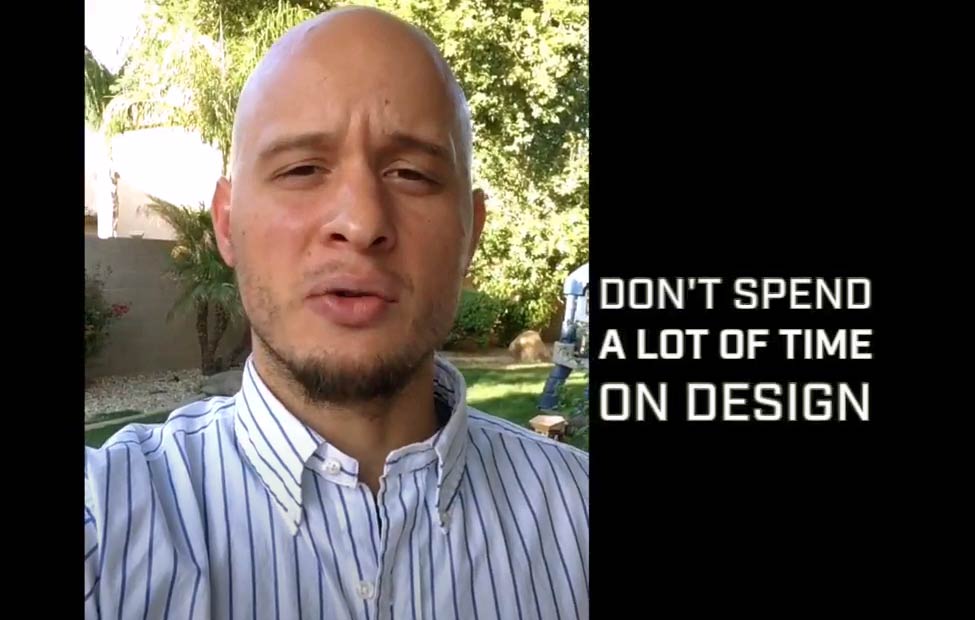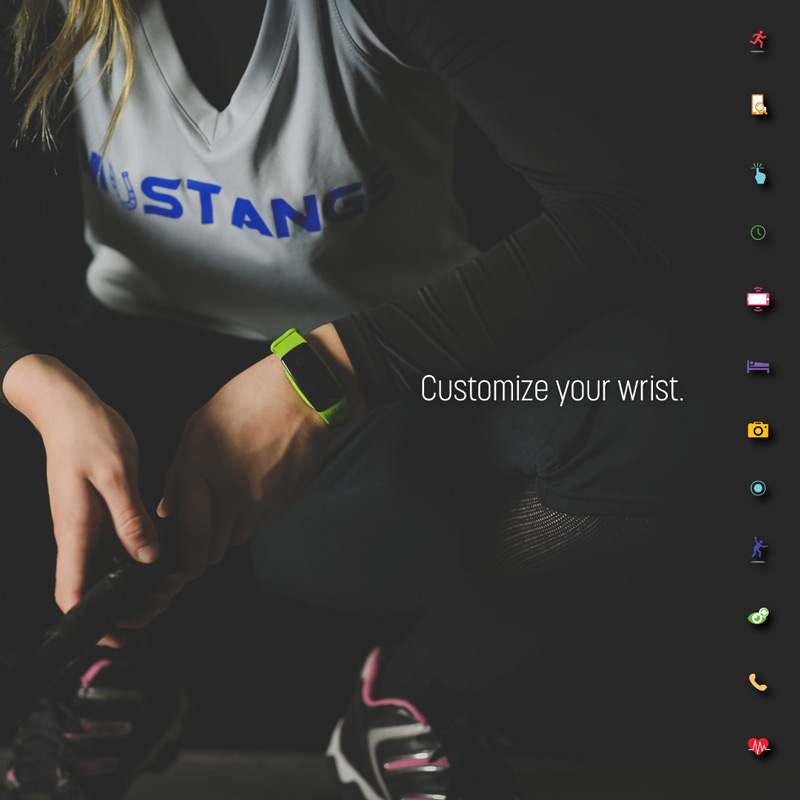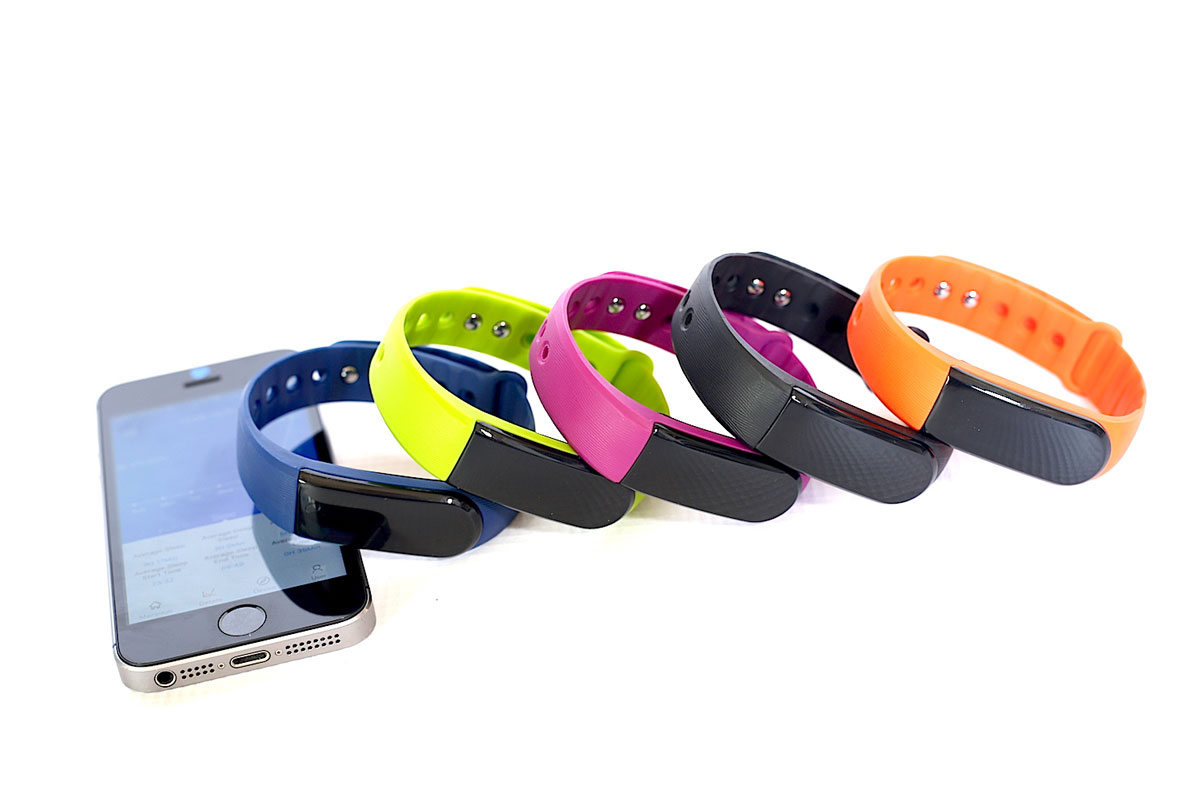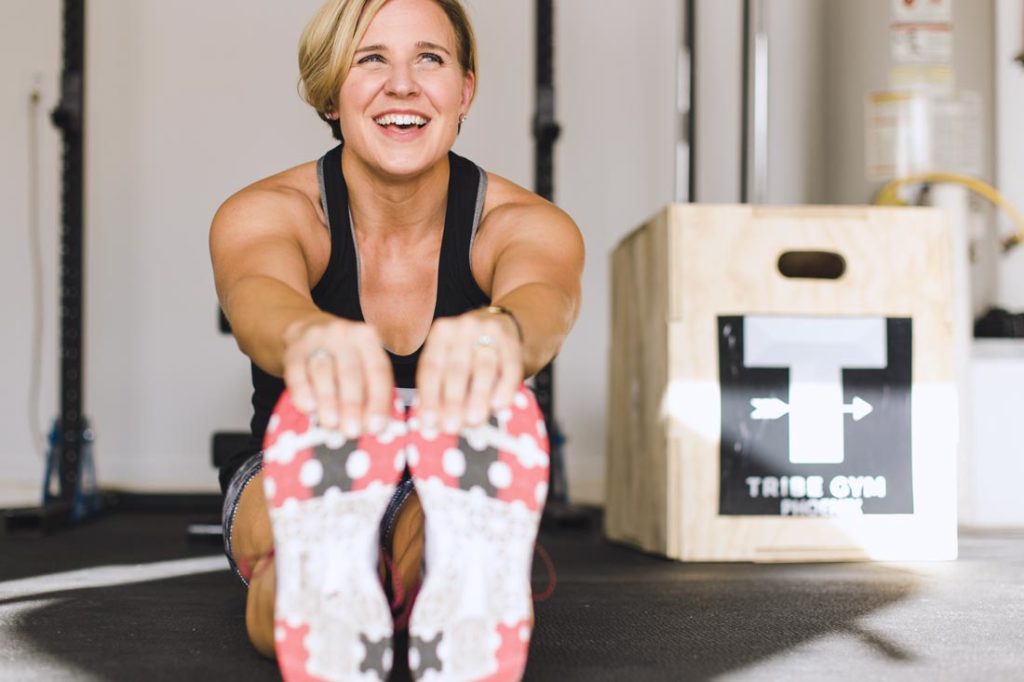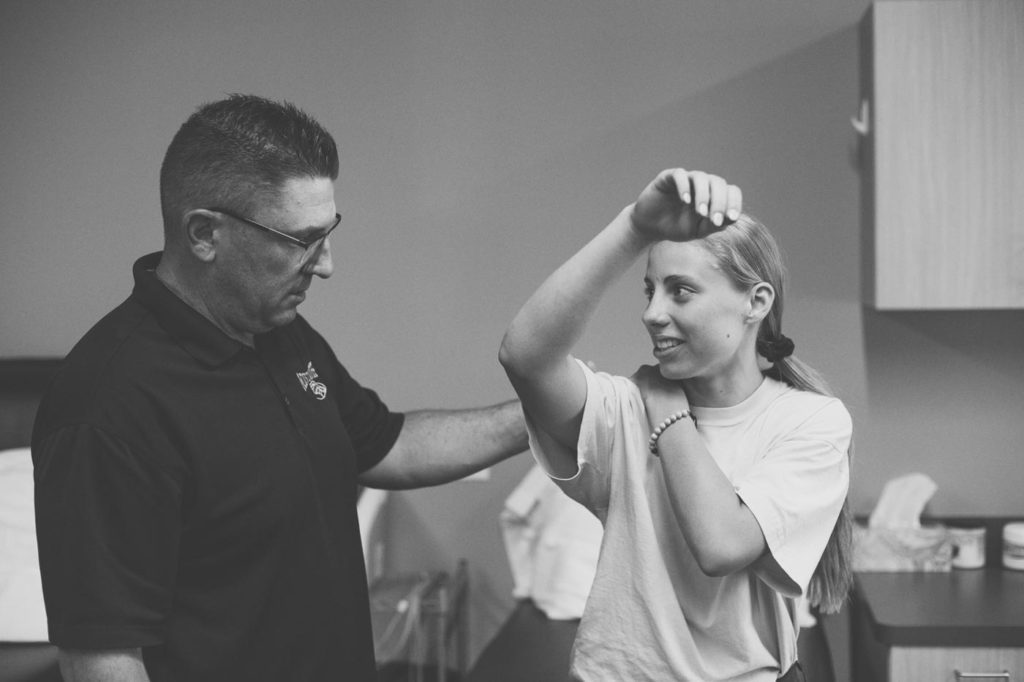Invest in a Review Strategy or Influencer Marketing?

I know I can be overly critical – but it’s the little things that make the biggest of differences in my line of work. Even the simplest of marketing strategies require some sort of knowledge, experience and skill to execute. I mention this because a good number of business owners are often sold on limiting concepts they don’t fully understand. Whether you want to invest in a review strategy or influencer marketing, you have to acknowledge the correlation between the two.
Going all-in on any marketing ploy, without much insight, can leave a lot of money on the table.
What Do I Mean by a Review Strategy?
First and foremost, when I say reviews, I’m talking full blown testimonials. I’m not depicting these two sentence, “he was great” submissions. If you want to preview the experience (which you should), then you have to do more than asking for Google review. Garnering quality feedback, that speaks to people, requires a sound plan. There are a number of ways to go about this in the post purchase phase.
Whether you capture reviews virtually or in person, they can be optimized and used for a number of marketing initiatives. While an “average Joe” may not draw as much attention as a well-known ambassador, a multitude of testimonials may. Determining what might work best before you invest in a review strategy or influencer marketing is definitely worth looking into.
Invest in Reviews or Influencers?
Certainty is the key to adequately positioning and promoting any product or service. While a certain idea may seem advantageous, it’s never a bad idea to be sure. Paying someone to help you PreFocus a little may seem wasteful, but what if your investment doubled? With that said, let’s break down both options in five ways to help you better determine what might better benefit your brand image, long term.
1. Detail Your Ideal Target Audience.
If you haven’t already mapped out personas, developed a market mix or identified loyal buyers – do so immediately. This is important because it can be difficult to operate strategically when visibility is low. Keep in mind, you may have a certain audience you appreciate most, but it doesn’t mean they are or will be carrying the business. Take the time to fully understand who’s spending money with you and think about how you want to be perceived.
Whether you invest in a review strategy or influencer marketing, every angle of insight matters. I personally like to go as far as analyzing hidden wants and needs. Once you have a list of potential suitors, try to define their values to better understand yours. Deep down, what do different audiences really appreciate – for the most part? More importantly, what don’t they appreciate? What might be seen as spammy or even overkill to a specific demographic – or geographical area? Is the audience fairly narrow or super broad?
How Do You Know if an Endorsement Will Appeal?
Will you need to invest in multiple personalities or are you able to find an influencer that can speak to them all? Will they appreciate being told what to do? Will they listen to a popular recommendation? If they’re the type of group that likes to do their own research, will a paid plug even sway them? If you really have no way of measuring this, ask them!
A simple email that shows you value a loyal customer’s opinion can do wonders. The reliability of reviews within your industry is also something worth stewing on. Sleazy tactics by competitors can often tarnish your ability to be effective on review platforms.
2. Analyze the Volume of Business.
The number of customers you interact with on a daily basis should also play a big role in the business choices you make. If you manage a longer sales cycle, are you able to engage your audience in every phase of their decision? How much weight would a 3rd party voice really carry throughout the process? In most cases, multiple forms of encouragement and engagement are required.
Is this attainable or will the investment only cater a small corner of the market? Walking through different scenarios and putting yourself in the buyer’s shoes is the best way to really determine what makes the most sense. If you offer a click-to-buy solution, a multitude of testimonials may appeal to you. But if you live in a competitive market, a vocal endorsement could easily expand your market share.
The answers to these questions are privy to the brand. I believe every offer is unique in some way. So as long as you’re able to differentiate yourself, it’ll be a good move.
What Percentage of Your Volume is Return Customers?
Another thing worth considering is loyalty. Getting people to come back is a lot more laboring than a quick, one-time transaction. If a majority of your income is repeat business, you ought to really think things through before trying anything new. When this is the case, I’m certain there are plenty of customers willing to speak on your behalf.
Do you really need to pay an influencer or will a legion of reviews suffice? When a lot of people already support you, do you need to muddy the waters? Does a sound reputation not speak well? Is the ability to uphold equity not of great value? In my opinion, if it ain’t broke, don’t fix it. At the same time, most companies don’t have this luxury.
Although paying mind to customer feedback is rarely a bad idea, the right influencer can be enough to deliver. Just be mindful of the amount of people you serve before you invest in a review strategy or influencer marketing tactics.
3. Who Exactly is the Influencer?
This is pretty straight forward. If you’ve taken the time to establish brand standards or have a certain aura about your business, then it’s extremely important to find an influencer that seamlessly aligns. Any type of deviation can actually detract from your own credibility. While the voice of popular icons have the ability to move many, it doesn’t mean their plug is going to set you up for the longterm.
For the most part, influencers are short term investments. Nonetheless, their future choices can haunt you. What happens when they’re nothing like the personality they promote? What if they door a poor job with the promotion or add their own twist to it? What type of contractual details are you experienced in?
How are you holding them accountable and making sure you’re not getting taken advantage of? Many influencers are fake and simply full of themselves. So you have to proceed with caution.
Who A Brand Ties Itself To Matters.
The last thing you want to deal with is questions about someone you paid a lot of money to in order to garner attention. That’s awfully difficult to come back from. This usually happens when a business owner (or decision maker) invests in someone they personally enjoy watching – or most of their customers follow. While this may seem like an sure way to get in front of easy targets, in can be risky. This is especially true if a longterm partnership is agreed upon. Things sour, guys.
Would a bad outcome be better than a bad review? Besides, you may not even know if the people listening are in the market to buy. General interests don’t always equate sales. If you need an immediate return, an awareness campaign isn’t going to help you much. Taking the time to find an influencer that’s relevant to a problem you solve is always a good bet. A random plug can be fruitful, but it may take some time to see the results. So if you’re set on influencer marketing, take your time.
4. What Does Your Budget Look Like?
The main thing I want to cover here is desperation. Far too many brands invest in influencer outreach without much rhyme or reason at all. The past few years, there has been somewhat of an obsession over captivating millennials. Many companies feel as though they have to purchase attention or support instead of driving home an identity and culture.
My point is, if you have a tight budget and you’re struggling to make money, there may be other things to address. Do you really think pouring everything into someone’s voice will save the business? Testing the waters of advocation is a lot easier once you’ve sustained things a little bit. Is an affordable influencer really going to do you much good?
Companies with wiggle room in their budget (or a lot of capital to spare) have a better chance at locating and managing ideal influencers. So don’t let desperation drive your decisions and manage your money wisely. Focusing on customer reviews could be just what you need.
5. The Extent of the Influence.
If you’re trying to figure out if you should invest in a review strategy or influencer marketing, you have to at least consider one question. How long will the influence last and can adjustments be made? Testimonials, for the most part, are controlled and extremely authentic. If done right, early every review will speak to unique consumers in different ways.
When you’re in control of the strategy, it’s hard for anything to go wrong. When you wait for reviews to be left, you’re taking a risk. My point is, customer feedback is evergreen. As long as the review is published, the influence is permanent. Unless an influencer is making a lot of money off of you, or truly appreciates you, it’s going to be hard to stay atop their ambassador feed. Sure you can incentivize certain voices, but you’re still leaning on their effort to make you money.
It may be exciting to pay a rapper to showcase your product, but what happens after two months? Will they embody your brand or forget?
Customer Feedback Will Always Be Essential.
Are you able to take advantage of an influx in sales? Will the awareness drive loyalty or only “likes” and “follows”. What happens when your landing page or overall presentation is detouring? How will people respond if you don’t have any reviews to support a bought claim? It’s really important that you know how to leverage self expression. Since we know the impact reviews can have, we have to be certain an influencer can deliver the same or better results, right?
Final Thoughts on Reviews, Influencers.
To be honest, you really ought to have review systems in order before thinking about paying a mouthpiece to promote your brand. Capturing reviews from the customers they send your way is invaluable. Likes and shares really don’t mean a lot anymore guys. Getting people to convert and share their experience or value is what doing business is all about. If it was easy, everyone would do it.
In my opinion, even the smallest of budgets can fund a solid idea that involves customer testimonials and a prominent plug. Who says you have to invest in a review strategy or influencer marketing? Why can’t you do both? It just takes a little effort and creativity to piece a good idea together. So don’t be so quick to jump the gun! Be purposeful with everything you do and always remember to PreFocus.

